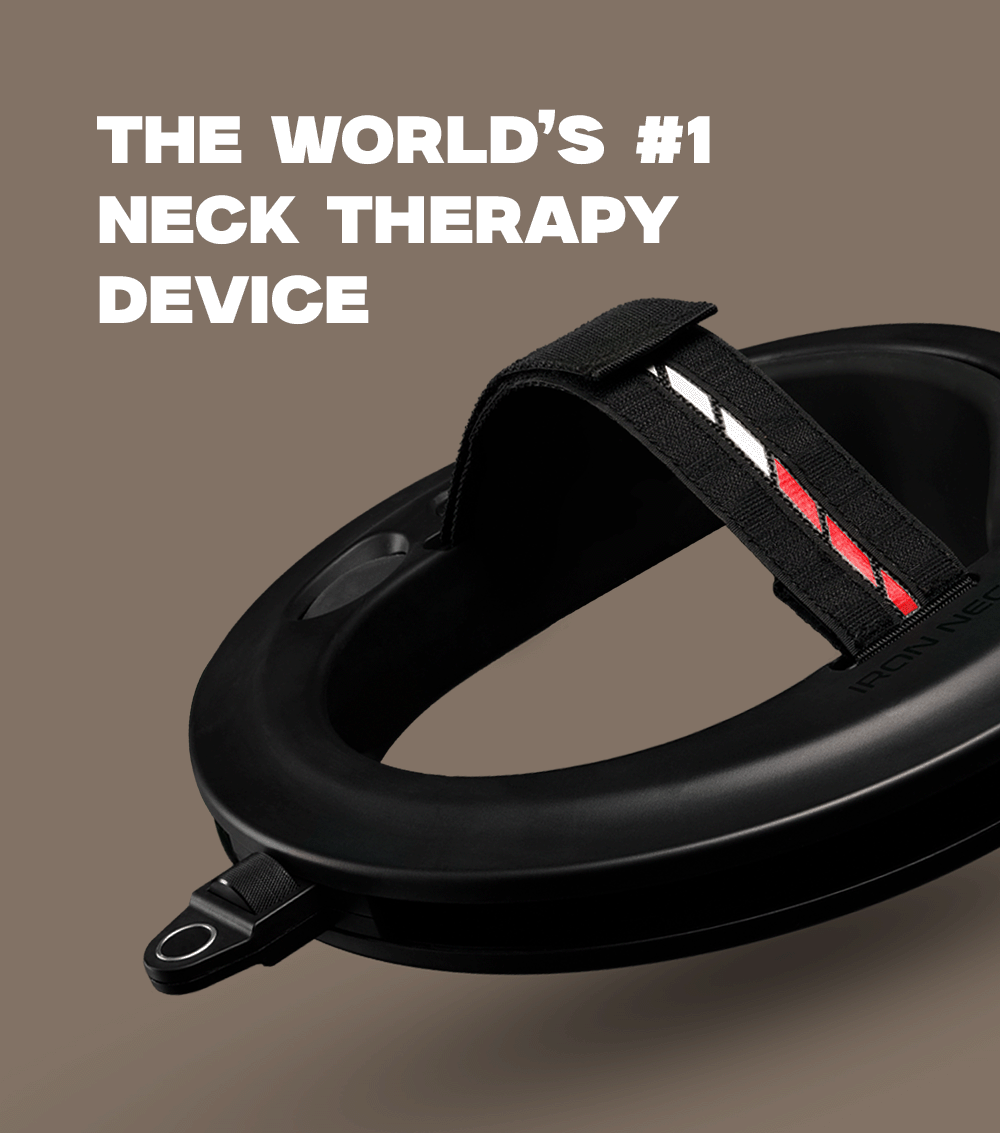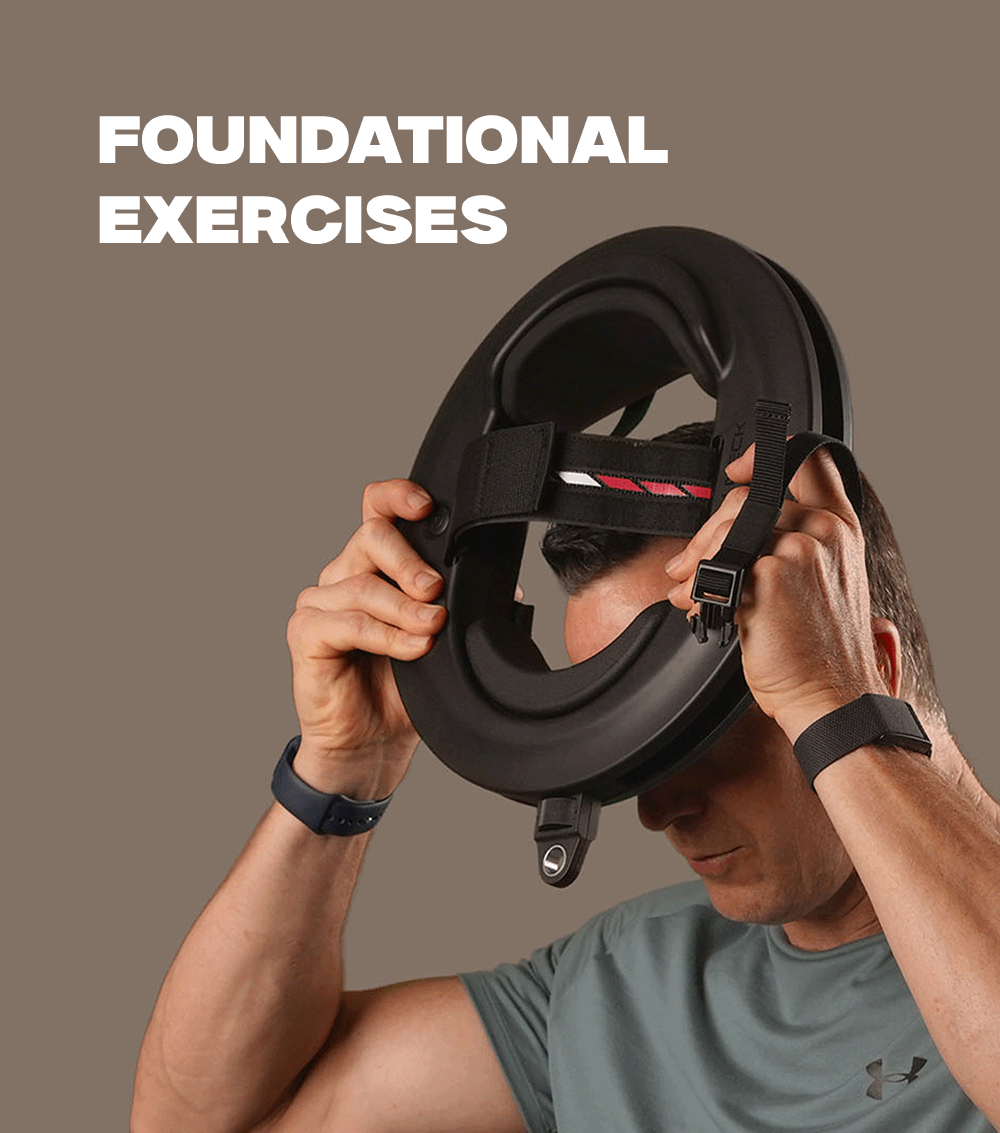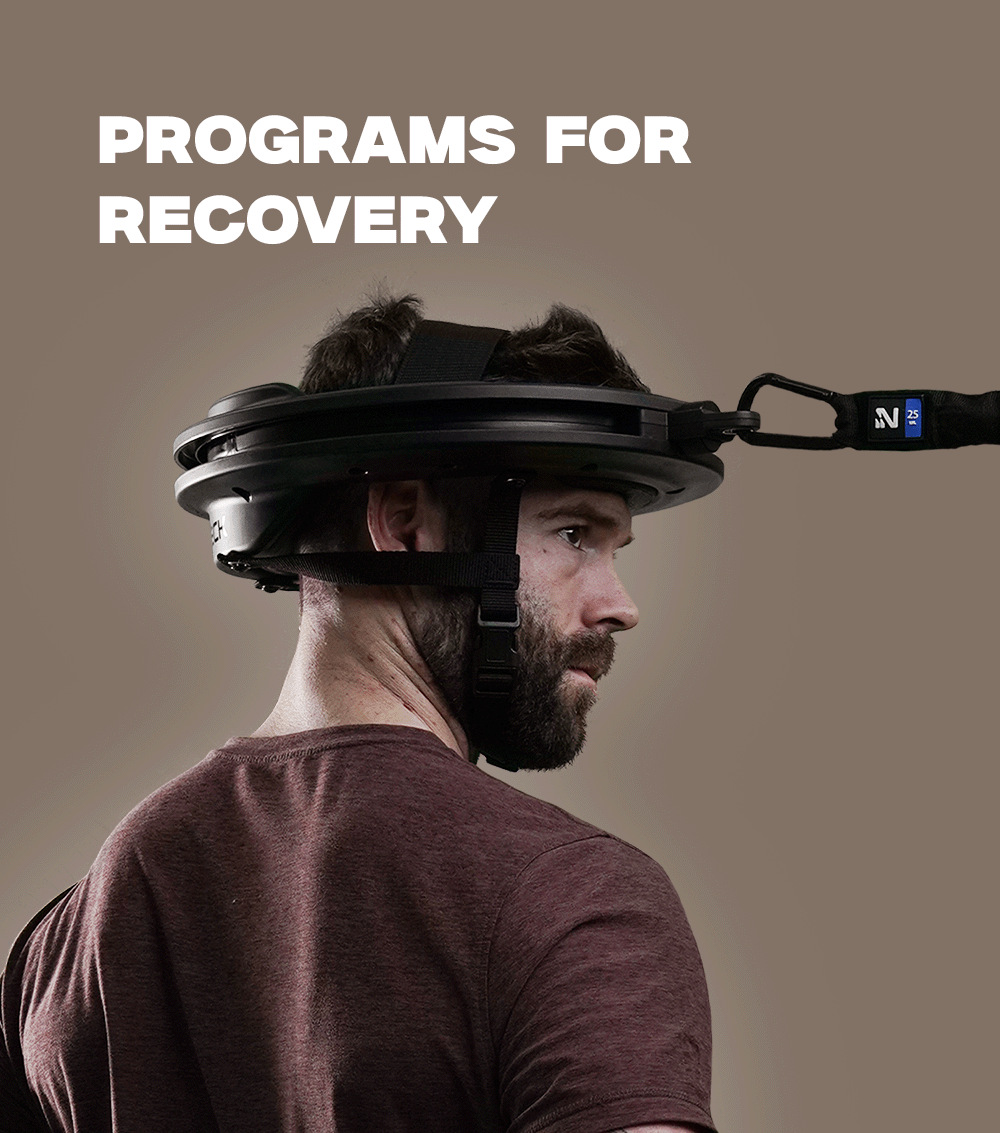From long hours at a desk to constant phone use, poor neck posture is becoming one of the most common - and underestimated - health problems today.
You might know it as “tech neck” or forward head posture, but the result is the same: your head drifts forward, your shoulders round, and your neck and spine fall out of alignment. Over time, this creates chronic tension, pain, and even affects your breathing and focus.
The good news? You can correct it. And it doesn’t take a chiropractor visit or major lifestyle overhaul - just consistency, awareness, and smart training.
What Is Bad Neck Posture?
Bad neck posture happens when your head sits too far in front of your shoulders instead of stacked in alignment. This posture often includes:
- Forward head
- Rounded shoulders
- Kyphotic (hunched) upper spine
- Tight traps and chest
- Weak neck flexors and upper back muscles
For every inch your head moves forward, it adds 10+ pounds of extra force on your neck. That’s like holding a bowling ball up all day long - no wonder it leads to pain.
Symptoms of Poor Neck Posture
Bad neck posture doesn’t just look off - it affects how you feel and function.
- Chronic neck or upper back pain
- Headaches or eye strain
- Tightness in traps or jaw
- Numbness or tingling in arms
- Shallow breathing or chest tightness
- Low energy or brain fog
If any of those sound familiar, posture might be at the root.
What Causes It?
Most poor neck posture comes from modern lifestyle habits:
- Sitting at a computer or phone for hours
- Lack of movement or exercise
- Muscle imbalances (tight in the front, weak in the back)
- Poor ergonomic setups
- Old injuries left unaddressed
It’s not just about laziness - it’s about adaptation. Your body molds to what you do most.
How to Fix Bad Neck Posture
Fixing posture requires a combination of strength, mobility, and awareness. Here’s your complete blueprint:
1. Activate Deep Neck Flexors
Start with chin tucks to strengthen the small muscles that pull your head back into alignment.
How to do it:
- Sit or stand tall
- Tuck your chin back (like making a double chin)
- Hold for 3-5 seconds
- Repeat 10-15 times daily
2. Strengthen the Posterior Chain
Your traps, rhomboids, and rear delts support upright posture. Train them with:
- Band pull-aparts
- Face pulls
- Rows
- Scapular retractions
Aim for 2-3 sessions per week with a focus on controlled form.
3. Stretch the Tight Areas
Loosen up the front side of the body that pulls you into bad posture:
- Chest openers
- Pec minor stretches
- Neck lateral stretches
- Upper trap and SCM releases
Hold each for 30-60 seconds, ideally after strength work.
4. Postural Awareness
Fixing posture starts with catching yourself in the act. Set reminders to:
- Pull your chin back
- Sit tall
- Relax your shoulders
- Stack ears over shoulders
A few seconds of correction, multiple times a day, adds up.
5. Use the Right Tools
One of the most effective ways to improve neck posture is with resistance-based training tools like Iron Neck.
It targets all planes of motion - flexion, extension, lateral flexion, and rotation - helping you:
- Strengthen weak muscles
- Improve neck mobility
- Reinforce ideal posture under resistance
- Train your brain to hold better alignment
How Long Until You See Results?
Consistency is key. Most people notice changes in pain and posture within 2-4 weeks of consistent training. Visual changes may take longer, but the improvements in how you feel often happen fast.
Start Fixing Your Neck Today
Poor posture doesn’t have to be permanent. With the right exercises, tools, and habits, you can retrain your neck and upper body to move the way it was designed to - strong, aligned, and pain-free.
Whether you’re working at a desk or training on the mat, posture matters. Fix yours today - and build a stronger foundation for everything else you do.









Leave a comment
This site is protected by hCaptcha and the hCaptcha Privacy Policy and Terms of Service apply.